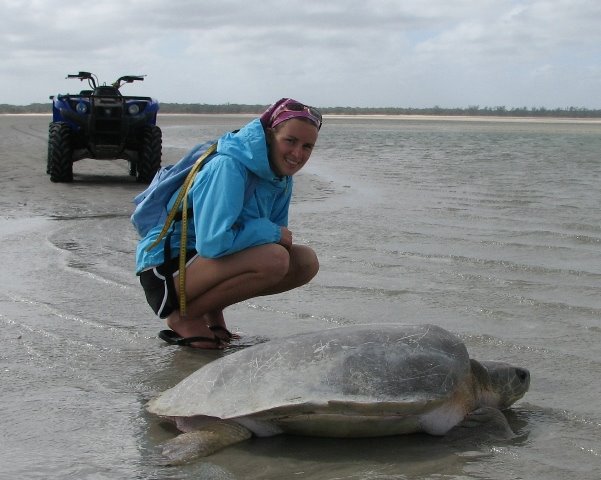
Most major sea turtle rookeries in the world have received some level of scientific attention to assess the status of the nesting population. Most are well known. However, Crab Island remains a scientific mystery despite the fact that it supports the world’s largest nesting population of the threatened flatback sea turtle.
Crab Island was first reported in 1972 during initial assessments to be of world significance for flatback sea turtles. Numbers nesting at Crab Island are significantly larger than any other nesting site and remains the most internationally important site known for the species. It is thought to support the majority of the nesting population of flatback sea turtles. Threats to this rookery threaten the species as a whole. However, the current status is unknown, the threats to the population have not been quantified and conservation management is uninformed.
The turtles face an uncertain future. Assessments on the mainland have identified predation by feral pigs and goannas on close to 100% of nests laid, meaning no eggs are hatching. Sea turtles will also be one of the first species impacted by climate change – incubation is very dependent of temperature. A change of only a couple of degrees will result in high mortalities or skewed sex ratios. On low lying beaches like Crab, sea level rise is a concern, as is sea temperature change resulting in impacts to feeding habitats. The island’s close proximity to Bamaga and
Baseline data is necessary to determine what the current status of the population is and to identify any trends. This study hopes to inform the process by providing valuable biological data, as well as prompt actions which increase the protective status of the population.










No comments:
Post a Comment